Common toadflax, yellow toadflax, butter-and-eggs
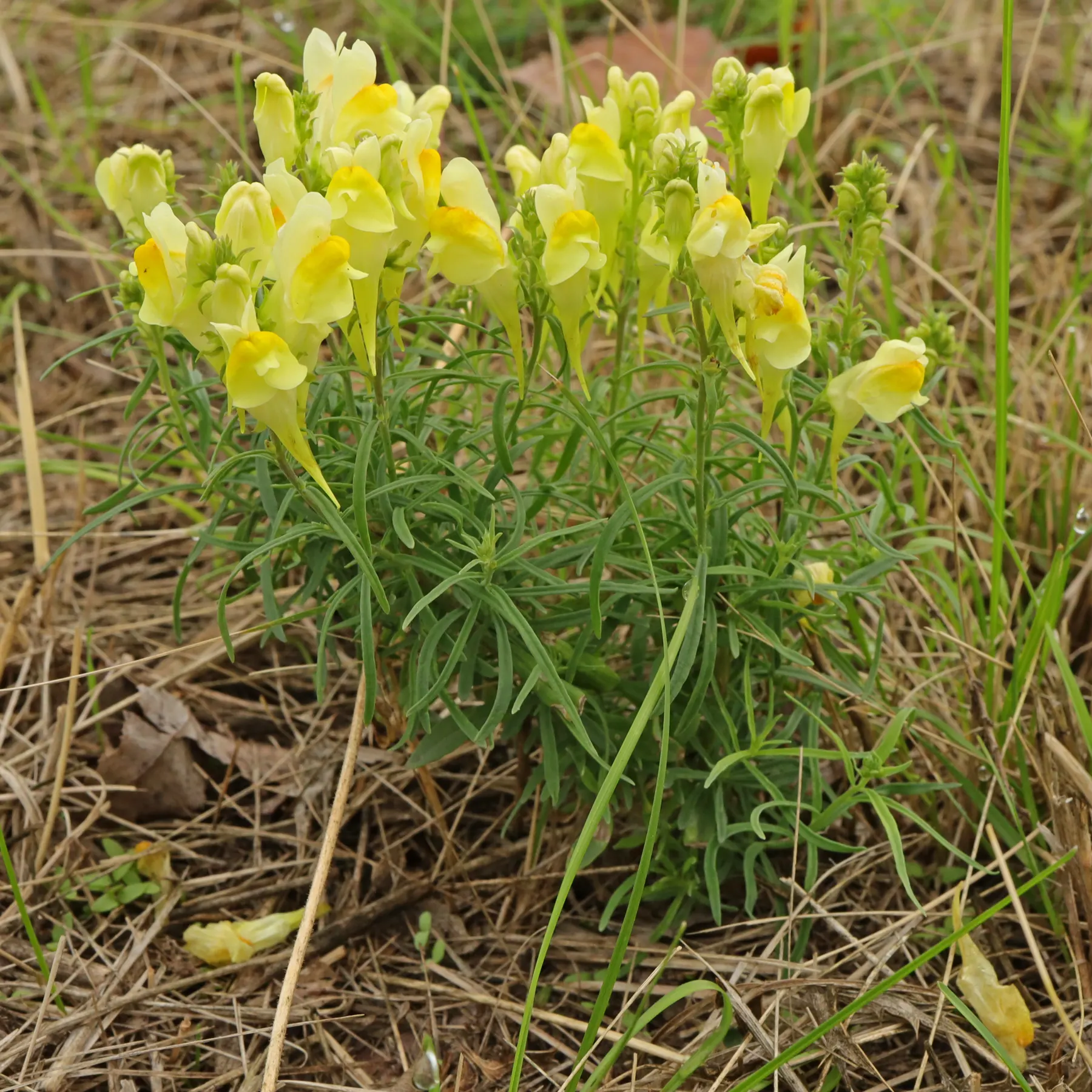
With its bright orange-yellow flowers, the common toadflax (Linaria vulgaris) might be one of the most beautiful European perennials. It grows perennially, flowers from late summer to fall and can grow up to 60 centimetres high. It spreads by seeds and short runners.
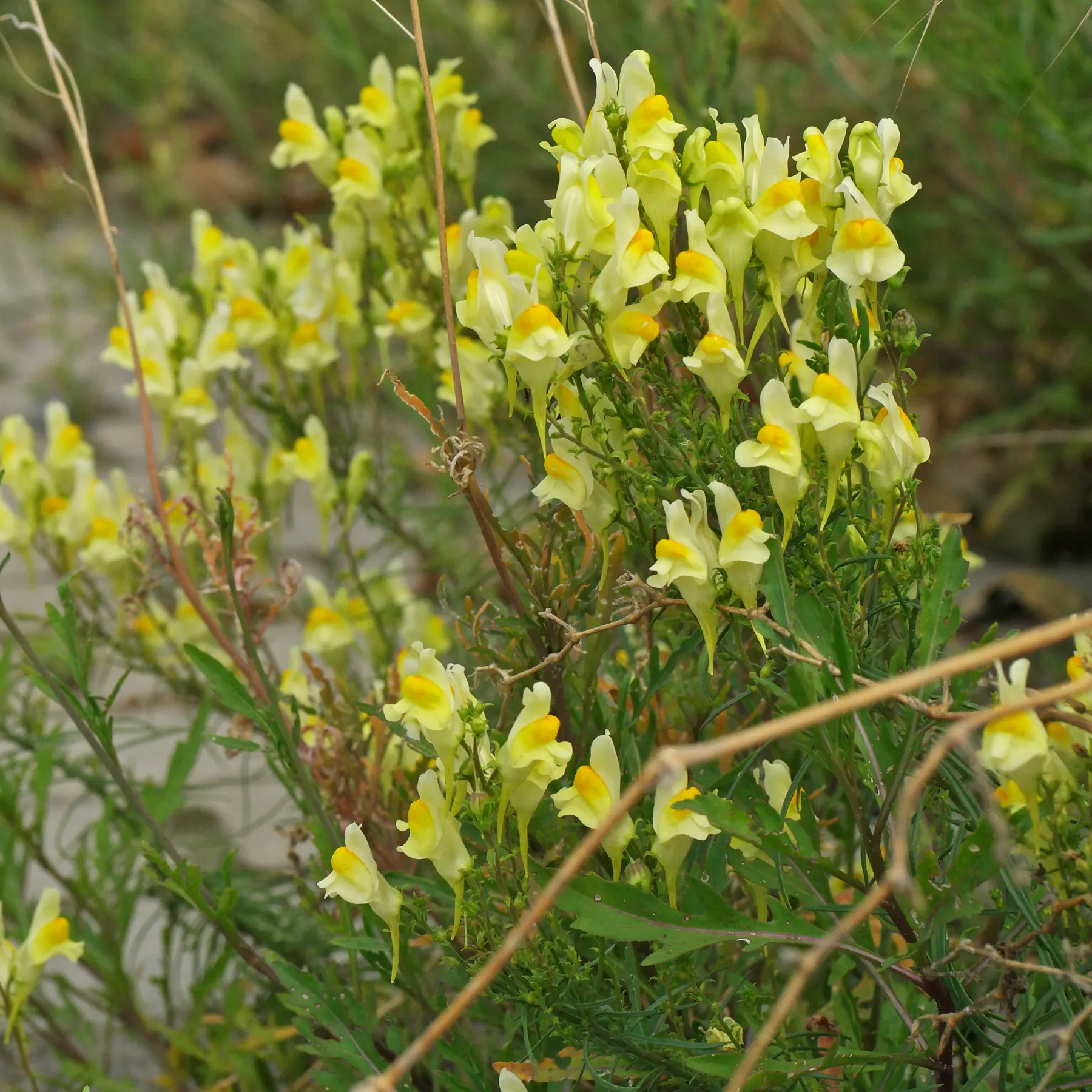
Distribution area
The natural distribution area is Asia (China, Russia, Turkey) and Europe (northern Europe, central Europe, southern Europe). As an ornamental plant, the Common Toadflax also reached some North American regions, where it became native.
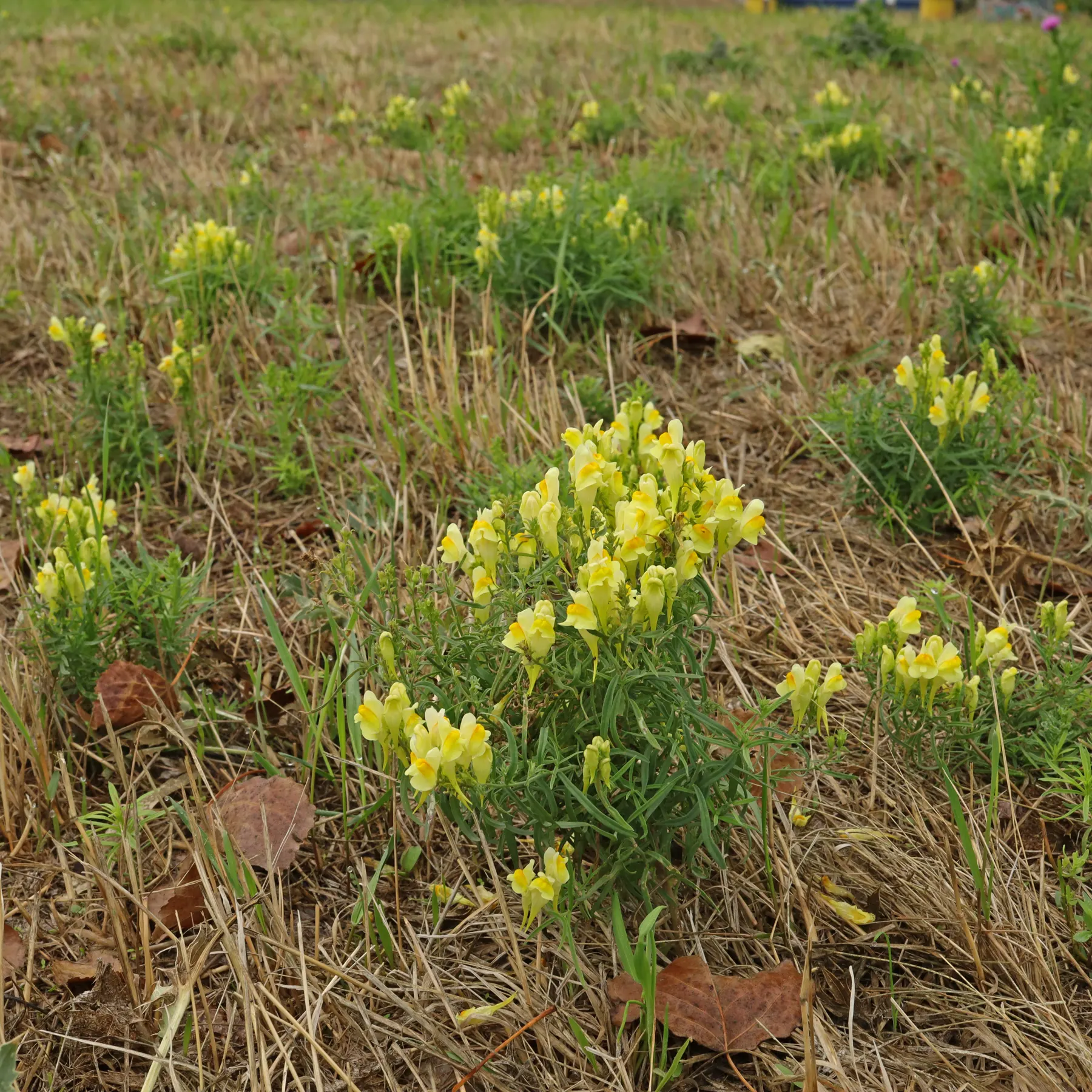
Habitats
Linaria vulgaris is found along roadsides, in dry meadows, on railway embankments, embankments, sand dunes and in quarries. It thrives best in sunny locations and does well in dry places because its roots grow deep into the ground.
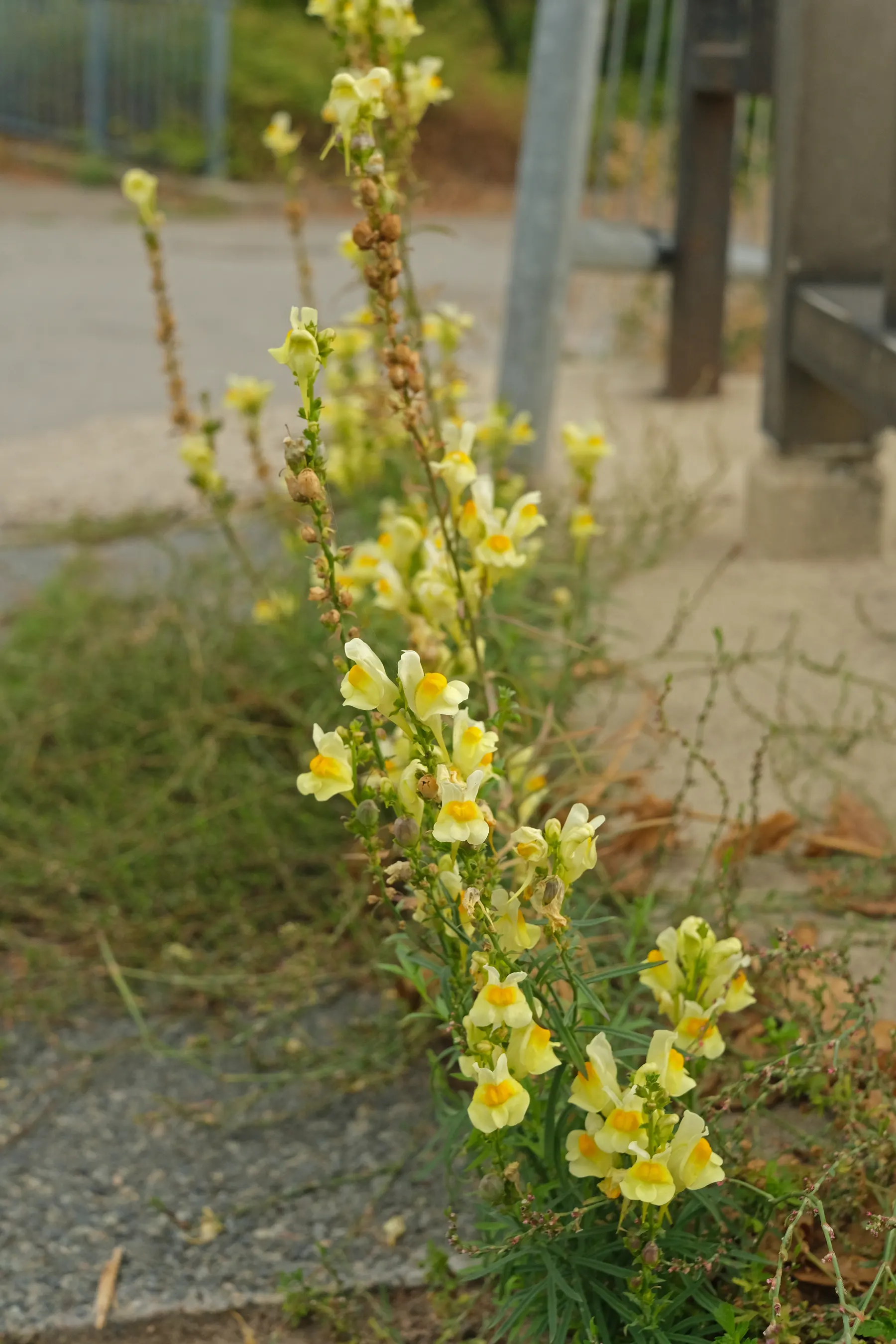
Toadflax as a habitat
Pollinators include bumblebees as well as other wild bees and butterflies.
During the hot summer weeks, some snails spend a kind of dry dormancy on its stems.

Botany
Linaria vulgaris belongs to the tribe Antirrhineae within the plantain family (Plantaginaceae) and is closely related to the snapdragons.
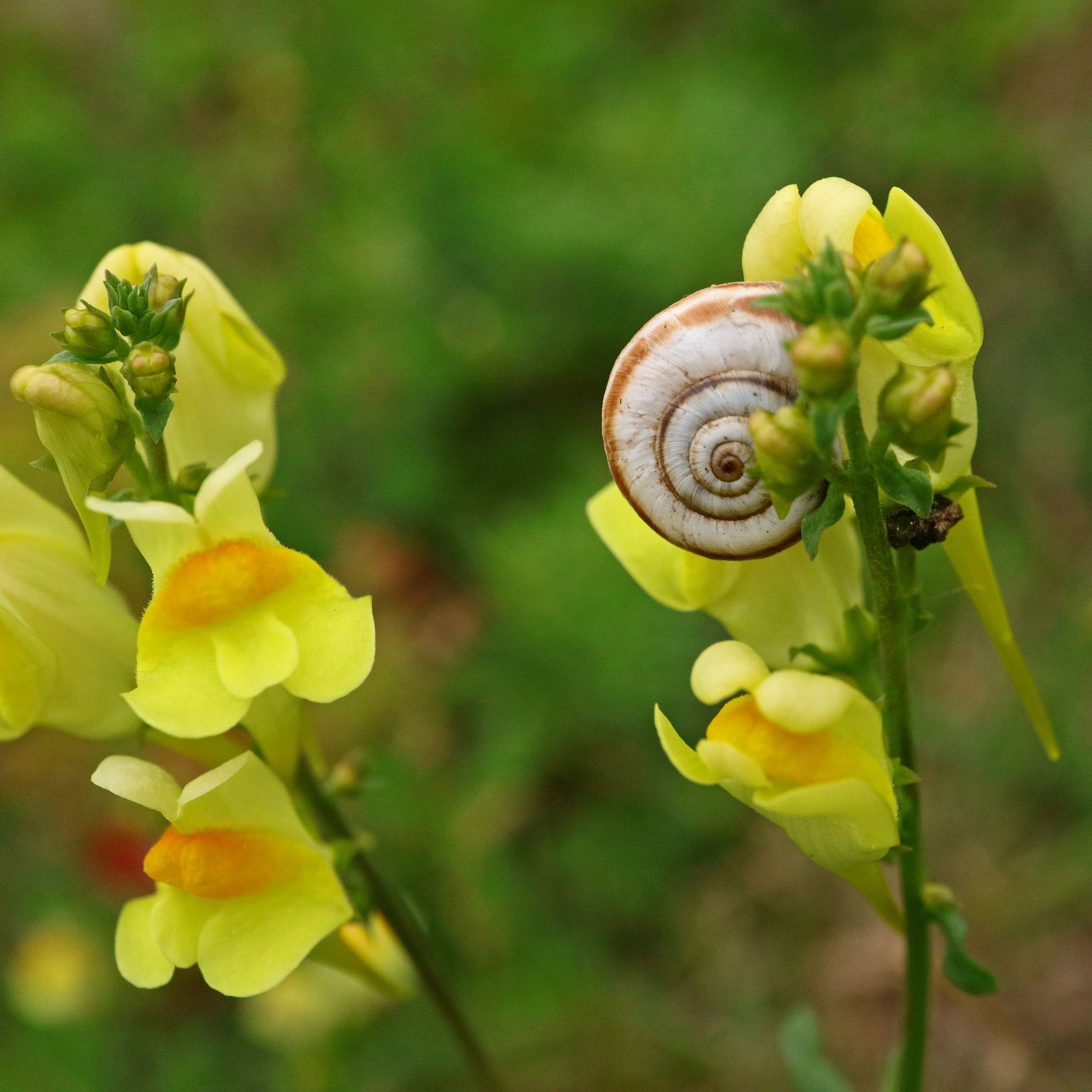
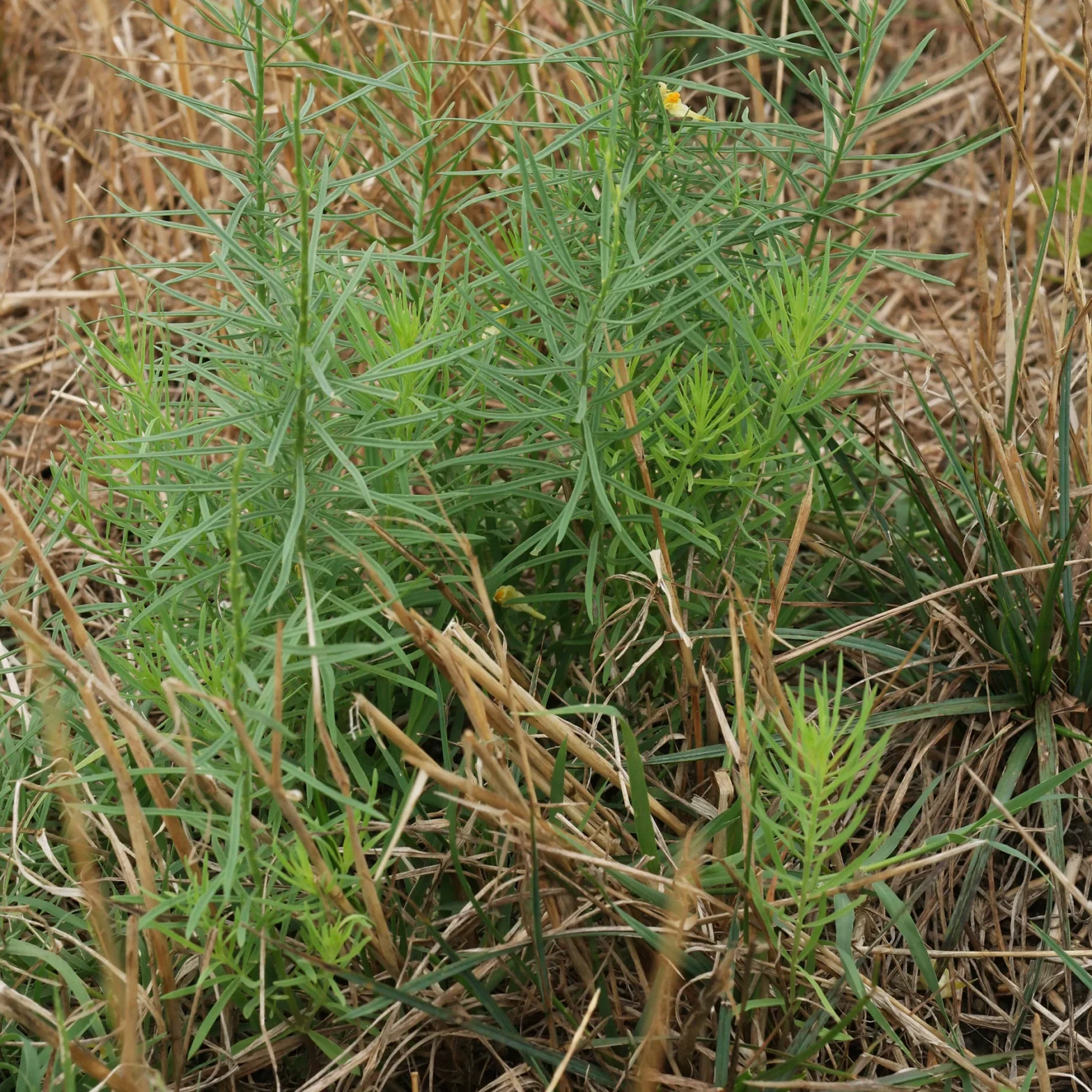
 Antirrhinum majus (snapdragon)
Antirrhinum majus (snapdragon)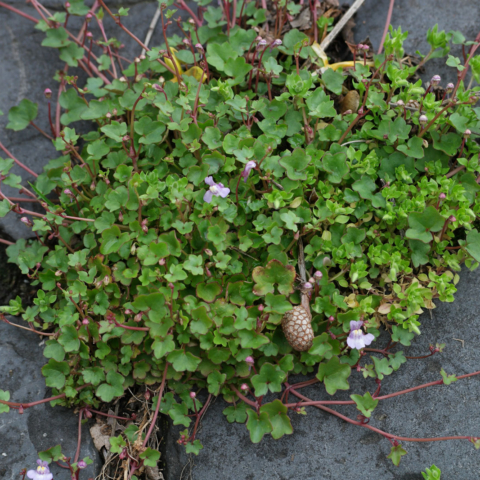 Cymbalaria muralis (ivy-leaved toadflax)
Cymbalaria muralis (ivy-leaved toadflax) Linaria vulgaris
Linaria vulgaris